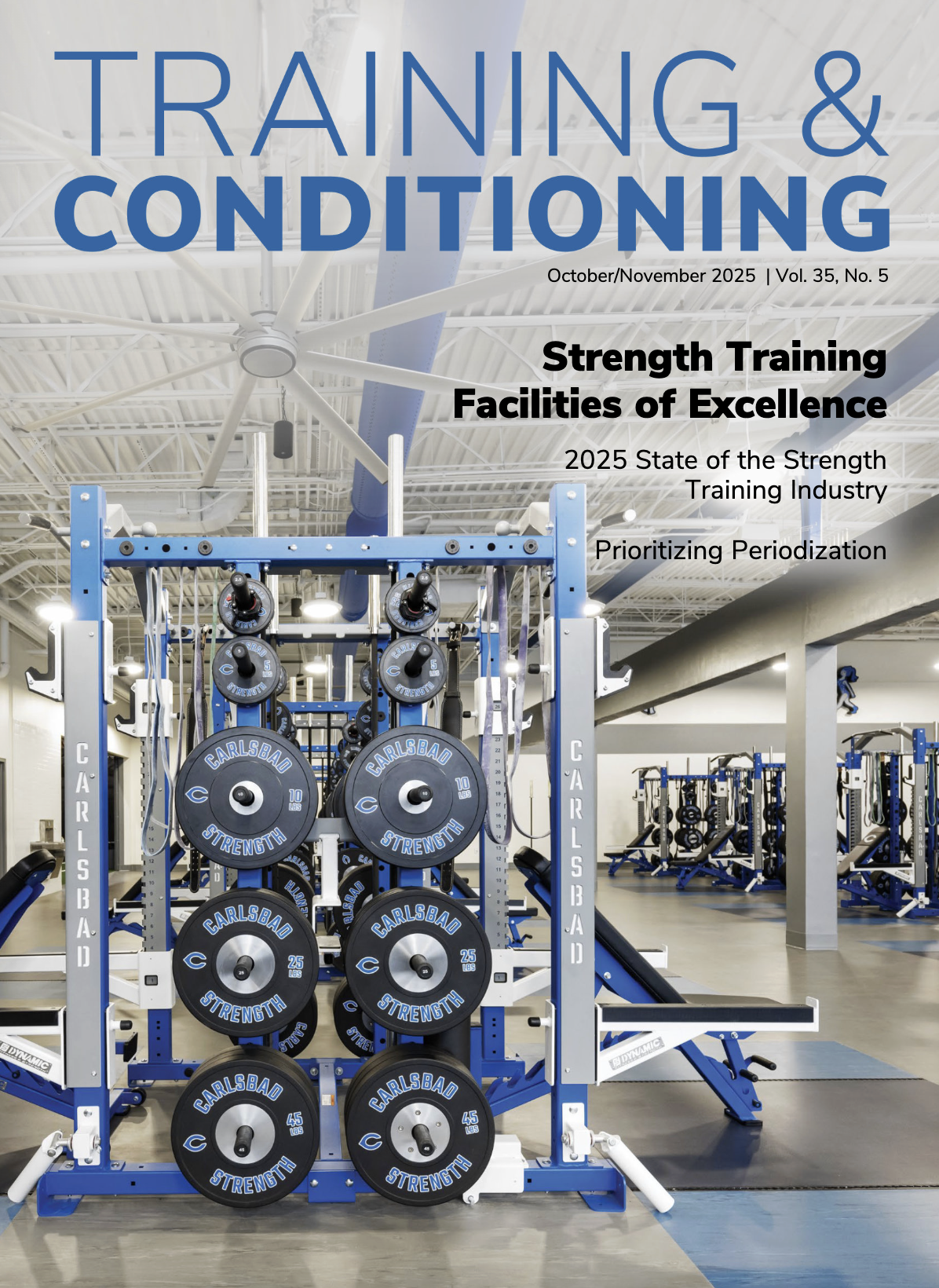» ALSO SEE: Q&ATC with CATA president Jessica Testani
Jun 23, 2025How schools can protect young athletes from abuse
More than eight million high schoolers participated in a school sport last year, a record high. Coaches, athletic trainers, and other sports staff have a responsibility not just to prepare kids for competition but to ensure that sports remain safe for every young athlete. Fulfilling that responsibility takes more than protective equipment like helmets and knee pads. It requires adults to prioritize spotting the warning signs of sexual abuse, too.
Abuse is sadly common in youth athletics. One in five professional women athletes and one in ten professional male athletes experienced sexual abuse when they played youth sports. Ninety percent of child sexual abuse victims have some relationship with their abuser, who might be a relative, family friend, teacher, or coach.

Athletics create plenty of opportunities for coaches, trainers, medical personnel, and others to seek out and create the kind of one-on-one contact with young athletes that prefigures abuse.
School sports can be incredibly competitive. So it’s understandable that kids may feel the need to put in extra effort to please their coaches and staff. That can make them vulnerable to abusers who exploit their positions of power.
When a perpetrator builds a trusting relationship with a child with the intent to abuse them, it’s called grooming. Abusers may also develop bonds with their victims’ parents, peers, and the community. That can make it hard for others to believe accusations when the truth comes out.
The signs of sexual abuse can be hard to detect. Coaches and trainers may not realize that sexualized behavior — such as exposing children to nudity, discussing past sexual experiences, encouraging a teen to share theirs, or showing youth pornography — is not just unseemly but an indication of grooming.
Youth need to know that if coaches or athletics staff engage in any of this kind of behavior, they need to tell their parents immediately. Parents and school administrators then need to share those reports with sports authorities and police.
Giving a child special gifts or privileges, or getting close to a family to get more access to the student, are also red flags. These behaviors are seven times more common in child sexual abuse cases than in non-abusive relationships, and should prompt a discussion with the child and with school leadership.
Soliciting extra practice time alone with a child, texting them after practice, telling them that they’re especially gifted, or otherwise flattering them can also be of concern. These types of behavior are up to three and a half times more common in cases of abuse. Sports staff should watch out for conversations and activities that stray into inappropriate territory.
Schools and organizations can structure athletics in ways that limit the risk of grooming. That means arranging schedules and spaces so that adult-child interactions take place in observable, interruptible settings. Wherever possible, contact between one child and one adult should be avoided.
Even when coaches or other adults spot something questionable, it can be hard to know whether to report the behavior in question. Clear, written codes of conduct can obviate that concern. Simple policies — like prohibiting staff from giving students rides in personal vehicles or restricting private communication on social media — can clarify boundaries for everyone and make it easier for people to speak up.
Parents need to be vigilant, too. They should ask school administrators and those who oversee youth sports about their protocols for background checks and for training those in positions of authority to report suspected cases of child sexual abuse. Those protocols should be public and should be shared with parents at the start of every sports season.
Coaches, trainers, athletic directors, and parents should know that they can seek help if they suspect a child is being abused. Nationwide, Children’s Advocacy Centers provide medical care, counseling, and resources for investigation and prosecution.
Sports are a staple of American childhood. Many of us remember a teammate or coach who had a positive impact on our lives. By educating themselves and staying vigilant, coaches and other athletic officials can stop abuse before it occurs — and keep young athletes safe.
Teresa Huizar is CEO of the National Children’s Alliance (NCA), the nation’s network of nearly 1,000 Children’s Advocacy Centers, providing justice and healing through services to child victims of abuse and their families. For more resources, find your local Children’s Advocacy Center at nationalchildrensalliance.org.


